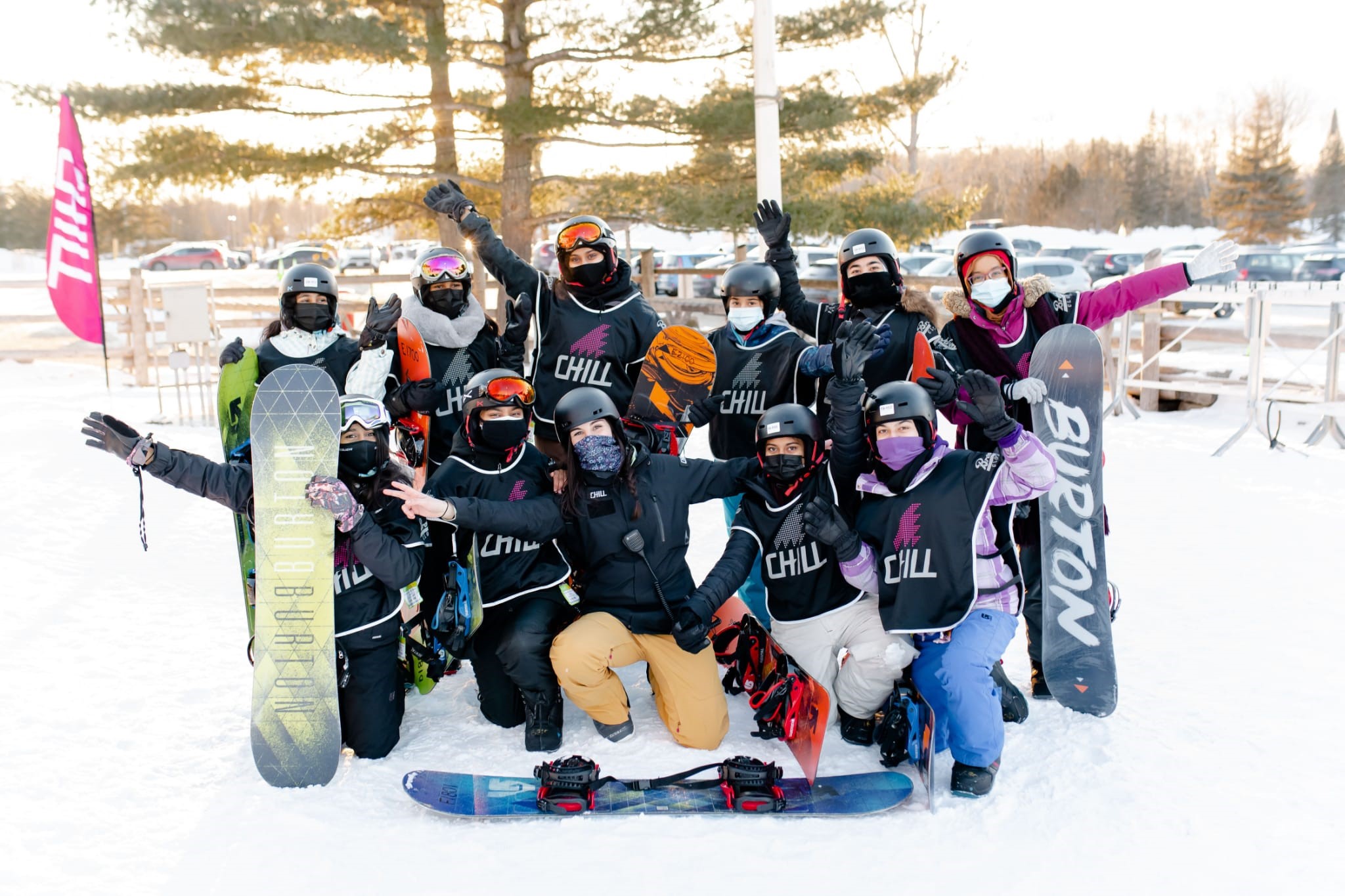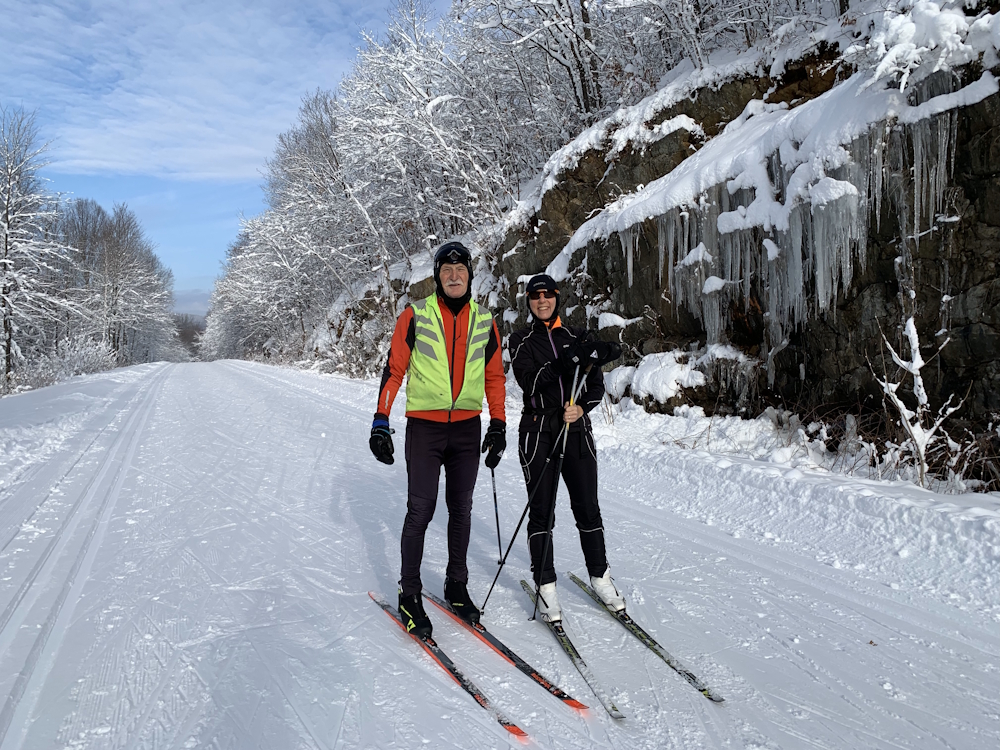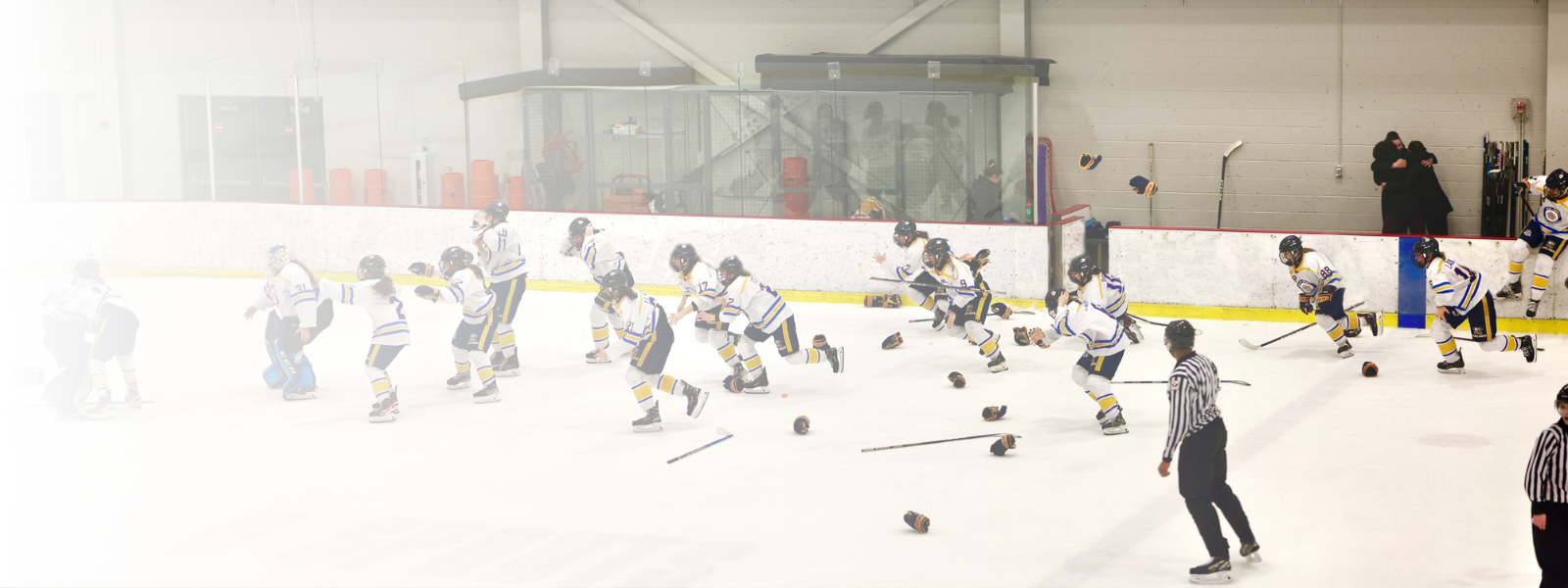Contexts of Sport in Canada
WE PARTICIPATE IN SPORT FOR MANY REASONS AND IN MANY WAYS.
The aims and needs of participants create distinct contexts of sport, and over time participants move between contexts as their interests and abilities dictate. The focus of each context helps define the kinds of infrastructure and support appropriate to it, the responsibilities of organizations and leaders within it, and the way the values of sport are operationalized — for example, what safety means in youth sport vs. professional sport.

This Policy defines two contexts of sport that broadly capture the complete spectrum of sport programs and settings, from learning fundamental sport skills to competing at the highest levels of sport. These contexts are Participation and Performance.
Participation
DEVELOPING THE MOTIVATION, CONFIDENCE, PHYSICAL COMPETENCE, KNOWLEDGE, AND UNDERSTANDING TO VALUE AND TAKE RESPONSIBILITY FOR ENGAGEMENT IN PHYSICAL ACTIVITIES FOR LIFE.
Participation enables all people living in Canada to develop fundamental movement and sport skills, along with positive attitudes for themselves and toward sport leaders and fellow participants. Here Canadians value sport for its many social and health benefits and participate with those benefits in mind. Trying a new sport, striving for new challenges and personal bests, playing pick-up hockey with old friends or a young family, participants learn to love sport and come to value sport participation for a lifetime — a key to an active, healthy life.
In the participation context, there are programs or settings in which participants—at any age, ability or stage of life—learn, develop, or practice sport-specific skills with an emphasis on fun, health, personal development, social interaction, and/or relaxation. Participation can be competitive but results and winning are not the primary goal.
Development of physical literacy begins in childhood and improved throughout one’s life—but it can be developed at any age. Physical literacy and fundamental movement skills are both a foundation for active living and health for everyone, and a driver for the competitive athlete. The participation context is also vital for promoting health and wellbeing, as well as developing physical, psychological, social, emotional, and cultural skills that contribute to human development more generally.

Many children enjoy participating in sport. Making sure sport is delivered according to shared values is the best way to ensure they experience the joy of sport, become more active, and want to keep playing for a lifetime. At the same time adult participation in sport has declined even as the need to sustain physical, emotional and mental health in society has increased. Older Canadians especially want low risk recreational options and more opportunities to be outdoors. It is also well-established that the children of active parents are more likely to be active themselves, so an investment in active healthy adults is an investment in both the present and the future.
WHAT WE NEED TO ACHIEVE OUR VISION:
- Volunteers are the backbone of sport in Canada. Adequate training and support for teachers, instructors, coaches, officials, administrators, board members, and other leaders, who are often volunteers, are needed to promote recruitment, retention, and optimized environments for everyone in sport.
- Sport needs to be delivered by organizations as diverse as the participants themselves. These include schools, municipal recreation programs, and community sport organizations, but also faith- and cultural-based groups and clubs, social groups, and private sport facilities and clubs. Self-organized activities are also common.
- It is important to invest in leadership and access so all Canadians can have safe, healthy, and positive sport experiences appropriate to their needs.
- Evidence shows children and youth are more engaged and benefit most when they can sample a broad range of activities and sport delivered in inclusive, positive, fun, and caring environments.
- Opportunities to participate should include those who have never engaged before, so that new participants who might be older or less experienced feel welcome, safe, and supported to try something new.
- We must work together to train and support more leaders and create more opportunities, spaces, and places for sport, especially for those who experience marginalization or are seen as outside the mainstream of sport.
- Employers, families, and individuals need to make time for sport, and governments and non-governmental organizations need to clear them a space by ensuring that sport is more accessible, affordable, diverse, and equitable.
- A healthy society can only be built of healthy individuals. Investing in sport helps everyone to be healthier, stronger, and happier, today and tomorrow.
Performance
HELPING PARTICIPANTS TO ACHIEVE THEIR GOALS AND AMBITIONS AT PROGRESSIVELY HIGHER LEVELS OF COMPETITION, WITHIN A VALUES-BASED FRAMEWORK OF FAIR, ETHICAL SPORT.
The performance context includes youth and adult participants who have developed strong fundamental skills and abilities and who aim to perform at progressively higher levels of competition with an increasing emphasis on sport performance as athletes advance. Competing at the highest level of competition is referred to as high performance.
This context features an emphasis on sport performance, which may include achieving performance standards, obtaining rankings or results, or winning. The focus on performance progressively increases as participants advance from lower to progressively higher levels of competition (for example, based on age, ability, or jurisdiction), with participants being selected to higher levels of competition based on eligibility, skill and merit. The objective of performance sport is to ensure that essential elements, including access to equipment, facilities, coaching, competition opportunities and support services, are in place and aligned so that participants can pursue their goals in a safe and ethical manner, and excel to the extent of their abilities.

WHAT WE NEED TO ACHIEVE OUR VISION:
- Performance sport includes sport delivered in educational settings (secondary schools, colleges, and universities), through community sport organizations, local clubs, sport academies, and through Provincial-Territorial and National Sport Organizations. This also includes Provincial-Territorial, Regional, and National Sport Centres.
- Participants require supportive sport environments that protect their wellbeing, including categories and events that provide equal access to opportunities to participate in competitive sport fairly and safely.
- Factors such as specializing in one sport too soon or competing too often and too early can be associated with drop-out from sport. Early adolescence marks the major period of drop-out. To enable competitive excellence, we must support and protect athletes so they can stay in sport and reach their goals. We must also remember that keeping sport fun helps athletes perform at their best.
- The advanced stages of the performance context, often referred to as High Performance, is the source of our sporting heroes and legends, and receives much media attention. We celebrate the passion and commitment of Canada’s athletes training and competing at home or abroad.
- High Performance Sport includes sport delivered primarily through, but not limited to, national team programs and Sport Centres.
- Athletes may also be part of professional or semi-professional sport teams and leagues. At the highest levels, athletes participate in training and competition environments supported by many inter-related organizations.
- High Performance Sport can be expensive to support and to participate in, with an increasing reliance on costly and specialized facilities and infrastructure, “state-of-the-art” equipment, professional coaching, administrative and support personnel, event hosting and extensive travel. Athletes should be supported to reduce their share of these significant costs.
- High Performance athletes are often at high risk of injury. Efforts to reduce, prevent, and manage concussions as well as other sport injuries need continued attention and support.
- Hosting sport events, including the Canada Games, Canadian Championships, and international competitions, creates important opportunities to inspire and provide competitive opportunities for athletes on home soil, create and maintain infrastructure for participation and competition, and spur social and economic development. Where appropriate, local Indigenous communities should also be engaged in bids and plans to host sport events.
- Hosting and participating in events such as the Arctic Winter Games and North American Indigenous Games should be encouraged and supported as a means of offering opportunities for cultural relevance and competitive development to Indigenous athletes.
